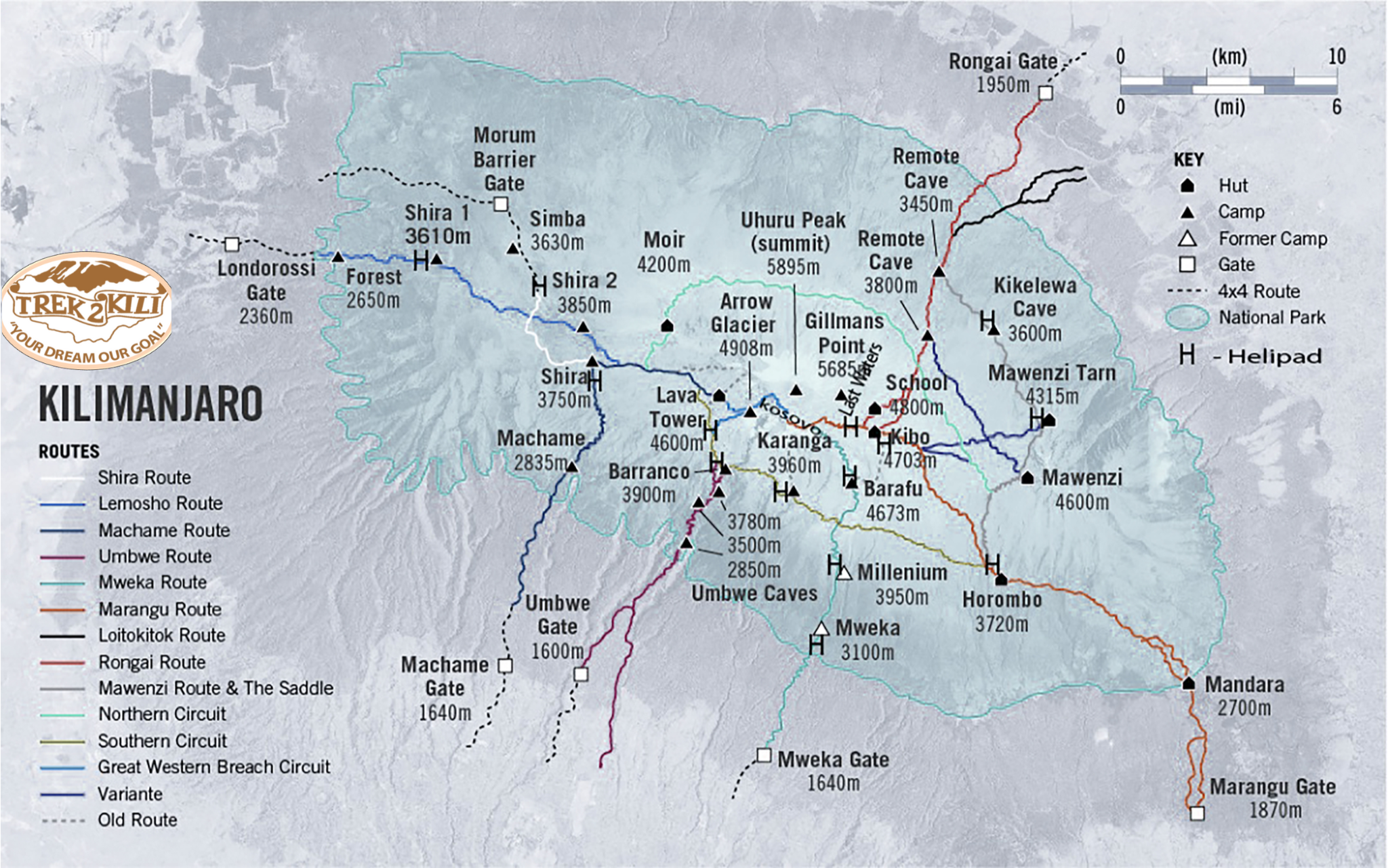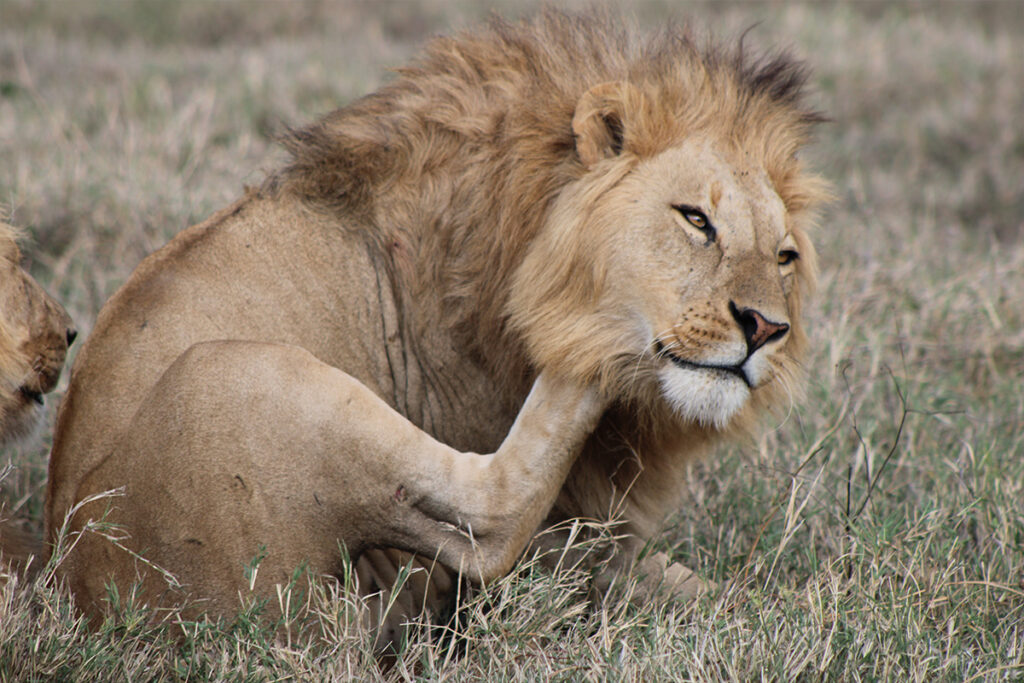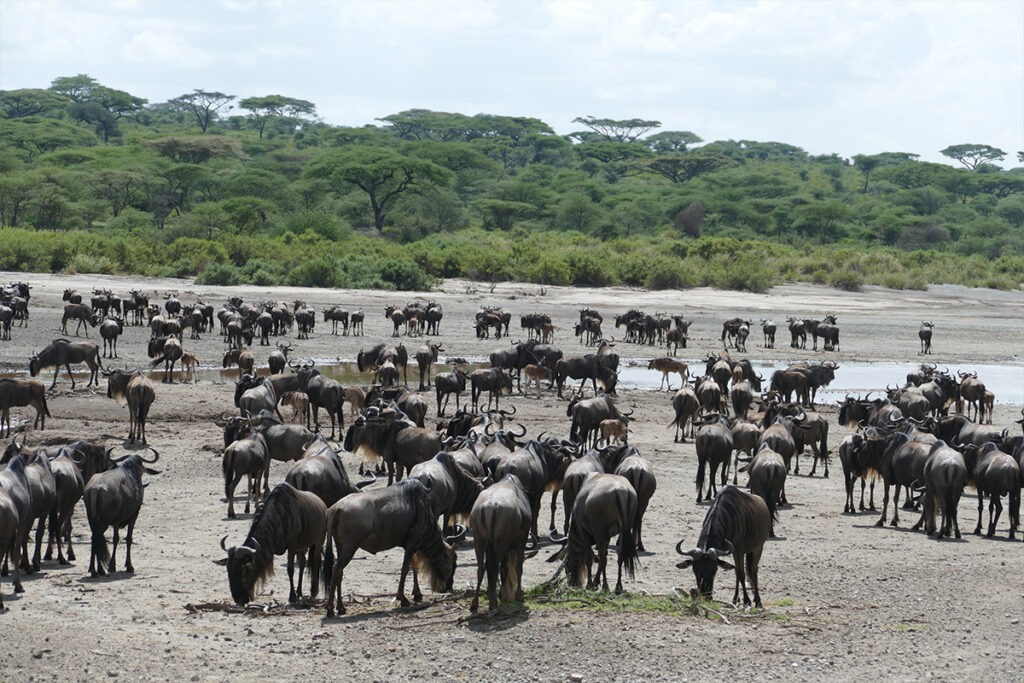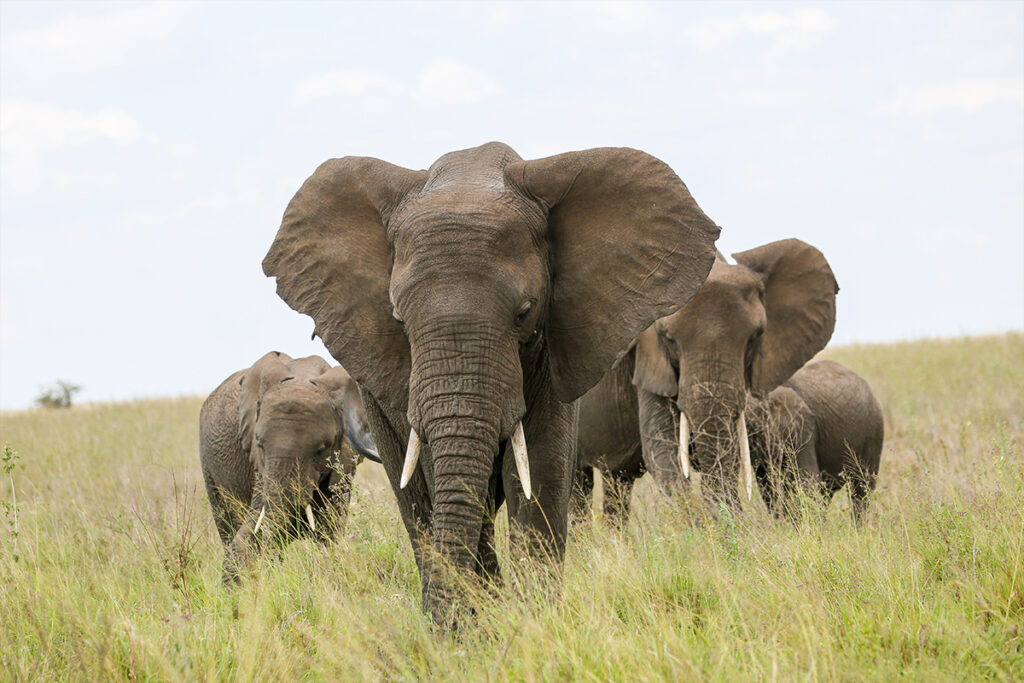Climbing Mount Kilimanjaro through the Machame Route is often dubbed as the “Whiskey Route” thanks to its challenging nature and stunning scenery. This route offers climbers the chance to trek through lush rainforests, heather moorlands, and glacial landscapes within just six days. Comparable to experiencing the Earth’s varied ecological zones in a condensed time frame, it’s not only a physical endeavor but a visual delight that draws trekkers from all corners of the globe.
Over the six days, climbers ascend from Machame Gate at 1,800 meters to Uhuru Peak, the summit, at 5,895 meters. Historically, this route has garnered popularity due to its higher success rates, allowing climbers to better acclimatize due to the climb high, sleep low approach. Notably, the Machame Route has an estimated success rate of approximately 85% amongst climbers, making it an appealing option for those seeking both adventure and achievement.
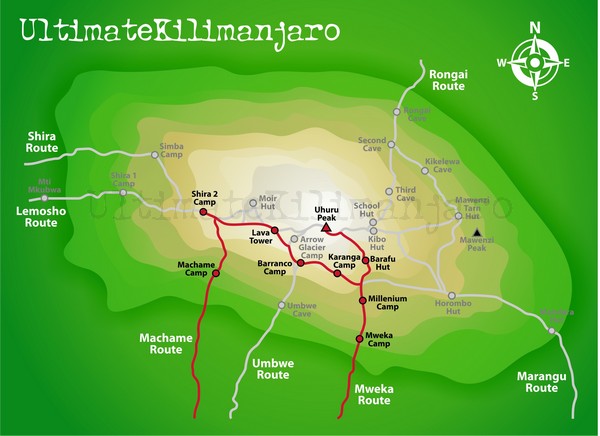
6-Day Machame Itinerary: A Popular Kilimanjaro Trek
The 6-Day Machame Itinerary is an adventurous journey up Mount Kilimanjaro. It’s known for its scenic route, often called the “Whiskey Route.” Trekkers start at the Machame Gate and gradually progress through varying landscapes. Each day offers a new environment, from dense rainforests to barren alpine deserts. This diversity makes the Machame Route one of the most loved paths for climbers.
On the first day, hikers ascend from the Machame Gate to Machame Hut. This hike is about 10 km and takes around 6–7 hours. The path winds through lush forests, where you might spot colobus monkeys. Camp is set at Machame Hut, offering a chance to rest and acclimatize. Rest is crucial here to tackle the altitude in the coming days.
As trekkers proceed to higher elevations, they reach Shira Plateau and Barranco Wall. These are key highlights due to their stunning views and challenging paths. Unlike other routes, the Machame offers a climb high, sleep low pattern. This approach aids in better acclimatization, reducing altitude sickness. Successful acclimatization is essential for reaching Uhuru Peak, the highest point in Africa.
Finally, the trek culminates in a midnight ascent to the summit. Climbers leave Barafu Camp around midnight to reach the summit by sunrise. Witnessing the sunrise from Uhuru Peak is a memorable experience. The descent happens the same day, rewarding climbers with a sense of achievement. With its combination of challenge and beauty, the Machame Route remains a top choice for adventurers.
Marangu Route 6 Days Kilimanjaro Trek – Days by day itinerary with map
Starting Point: Machame Gate to Machame Hut
The journey begins at Machame Gate, the official starting point for the Machame Route. Here, trekkers register and meet their guides and porters. It’s also where you can feel the excitement and anticipation building. The climate is usually moist, with towering trees and vibrant greenery surrounding you. This section of the trek is rich with biodiversity, offering glimpses of unique plants and animals.
From Machame Gate, the trail ascends through the lush rainforests of Kilimanjaro. These forests are home to a variety of wildlife, including monkeys and exotic birds. The air is fresh, filled with the gentle sounds of nature. Hikers often find this part of the trek both serene and invigorating. The forest canopy provides shade, making the climb more comfortable.
During this part of the trek, the path can be steep and muddy. It stretches for approximately 10 km to reach Machame Hut. While the terrain can be challenging, the gradual ascent helps with acclimatization. It’s essential to pace yourself and drink plenty of water. This prepares you for the elevation changes in the coming days.
Upon reaching Machame Hut, trekkers can rest and enjoy the views. The site is set at about 3,000 meters above sea level. At this altitude, temperatures can drop, so warm clothing is necessary. The camp offers the first glimpse of the adventure ahead. It’s a chance to bond with fellow trekkers and share stories around the evening meal.
The Allure of the Machame Route
The Machame Route is known for its breathtaking views and diverse landscapes. Starting with dense rainforests, trekkers walk through stunning savanna and volcanic rock formations. The view from each camp becomes more beautiful as you ascend. Sunsets paint the African sky with vibrant colors, making every moment feel magical. This route offers a unique perspective that few places on Earth can match.
In addition to the scenery, the Machame Route provides an excellent opportunity for acclimatization. Its “walk high, sleep low” approach helps climbers adjust to the altitude more effectively. This reduces the risk of altitude sickness, making the journey safer and more enjoyable. Trekkers can progress with confidence, knowing they’re physically prepared for the challenge. Each day of proper acclimatization paves the way for success at higher altitudes.
Another draw of the Machame Route is the sense of camaraderie it fosters among climbers. Sharing experiences with fellow trekkers creates strong bonds and lasting friendships. Hikers often encourage each other through challenging sections. Nights spent in camps are filled with stories and laughter, bringing people together. This shared adventure leaves everyone with cherished memories.
The Machame Route also stands out for its variety of ecosystems. As trekkers advance, they encounter different plant and animal life unique to each zone. Witnessing this biodiversity is a thrilling aspect of the trek. It captures the essence of Kilimanjaro’s natural beauty in a way few other routes can. For many, this blend of challenge and wonder defines the Machame Route’s irresistible allure.
Pitstops and Highlights of the Trek
Each day on the Machame Route brings new pitstops and stunning highlights. Shira Camp, situated on Shira Plateau, offers panoramic views of Mount Meru. The expansive landscape is dotted with giant lobelias and senecios. This area is perfect for capturing breathtaking photos. The sunsets here are truly unforgettable.
Next, the trek leads to Lava Tower, a significant rock formation at approximately 4,600 meters. This landmark provides a valuable acclimatization opportunity. Although climbing the tower isn’t necessary, resting nearby aids high-altitude adjustment. Many climbers take time to eat lunch and admire the surrounding scenery. It’s a popular spot for group photos too.
Barranco Wall, often known as the “Breakfast Wall,” is another key highlight. Trekking up this wall can seem daunting at first. However, the climb is more about strategy than difficulty. As climbers reach the top, they are rewarded with spectacular views of the Kibo peak. This experience is often a favorite memory for many hikers.
The trek eventually moves onwards to Karanga Camp, where the terrain changes dramatically. Here, climbers can see rugged landscapes shaped by volcanic activity. The camp is an ideal spot for resting and acclimatizing further. Conversations over dinner buzz with excitement and anticipation for the summit. This communal spirit is an essential part of the journey.
Finally, hikers make their way to Barafu Camp, the base camp for the final ascent. Situated on a rocky, icy terrain, the camp prepares trekkers for the summit push. The atmosphere here is a mix of excitement and nervous energy. As climbers settle down for a few hours’ rest, the summit of Uhuru Peak feels within reach. This marks the transition from preparation to the final challenge.
Acclimatization and Safety Measures on the Machame Route
Successful acclimatization is vital when trekking the Machame Route on Kilimanjaro. The route is designed to help climbers adjust to altitude changes gradually. The “climb high, sleep low” method works by climbing to higher altitudes during the day and descending to sleep. This strategy allows the body time to adapt and minimize the risk of altitude sickness. Staying hydrated and eating well are also essential while acclimatizing.
Despite taking precautions, some trekkers may experience mild symptoms of altitude sickness. These symptoms can include headaches, nausea, or dizziness. Recognizing these early signs is crucial for safety. If symptoms persist, descending to a lower elevation is the safest course of action. Guides are trained to handle such situations and ensure everyone’s well-being.
Safety measures on the Machame Route also include preparing for various weather conditions. Temperatures can vary greatly, from warm at lower elevations to freezing near the summit. Bringing appropriate clothing and gear is essential to cope with these changes. Layers are recommended to adjust to the shifting climate. Being well-prepared saves climbers from unnecessary discomfort.
Guides and porters play a significant role in ensuring climbers’ safety. Besides leading the trek, they provide support and encouragement throughout the journey. Their expertise on the route is invaluable for navigating tricky sections. Climbers should always follow the guides’ instructions and adhere to safety protocols. Working together ensures a successful and safe trek for everyone involved.
Before the trek, climbers must also consider preventive measures, such as getting vaccinations and consulting healthcare professionals. Researching potential health risks helps in being prepared for any eventuality. Adequate travel insurance covering high-altitude trekking is recommended as well. With these measures, climbers can focus on enjoying the adventure. Safety and preparedness lead to a successful Machame Route trek.
Differences Between the Machame Route and Other Kilimanjaro Routes
The Machame Route stands out from other Kilimanjaro routes for its popularity and scenic beauty. While routes like Marangu, known as the “Coca-Cola Route,” are easier and shorter, they lack the diverse landscapes of Machame. In contrast, the Machame Route offers breathtaking views, including rainforests, moorlands, and glaciers. This variety attracts trekkers seeking a more visually rewarding experience. The trails also tend to be less crowded than Marangu, adding to the appeal.
Another crucial difference is the route’s length and acclimatization opportunities. The Machame Route spans six to seven days, giving climbers ample time to adjust to the altitude. Routes like Umbwe and Marangu are shorter but have steeper ascents, which can increase the risk of altitude sickness. The extra days on Machame promote better acclimatization and higher summit success rates. This “climb high, sleep low” strategy is less common on alternative routes.
The Machame Route is considered more challenging than some other paths to the summit. Routes like Rongai are known for their gradual and steady climb, making them easier for beginners. Meanwhile, Machame’s diverse terrain, such as the Barranco Wall, demands more technical skills. Climbers on Machame encounter a mix of rock scrambling and steep ascents. These challenges provide a sense of achievement and adventure that other, easier routes may lack.
Comparing the landscape and wildlife, each route offers unique encounters. The Northern Circuit showcases the quiet, less-traveled areas of the mountain. In contrast, Machame’s rich biodiversity is a key highlight, with the possibility of spotting various animals and exotic plants. The scenic beauty on Machame is unmatched, providing picturesque views at every turn. This makes it a favorite for nature enthusiasts and photographers alike.
Key Takeaways
- The 6-Day Machame Route offers diverse trekking environments.
- It starts at Machame Gate and ends at Uhuru Peak.
- The route includes Shira Plateau and Barranco Wall highlights.
- Climbers benefit from the “climb high, sleep low” acclimatization method.
- This route has higher success rates for reaching the summit.
